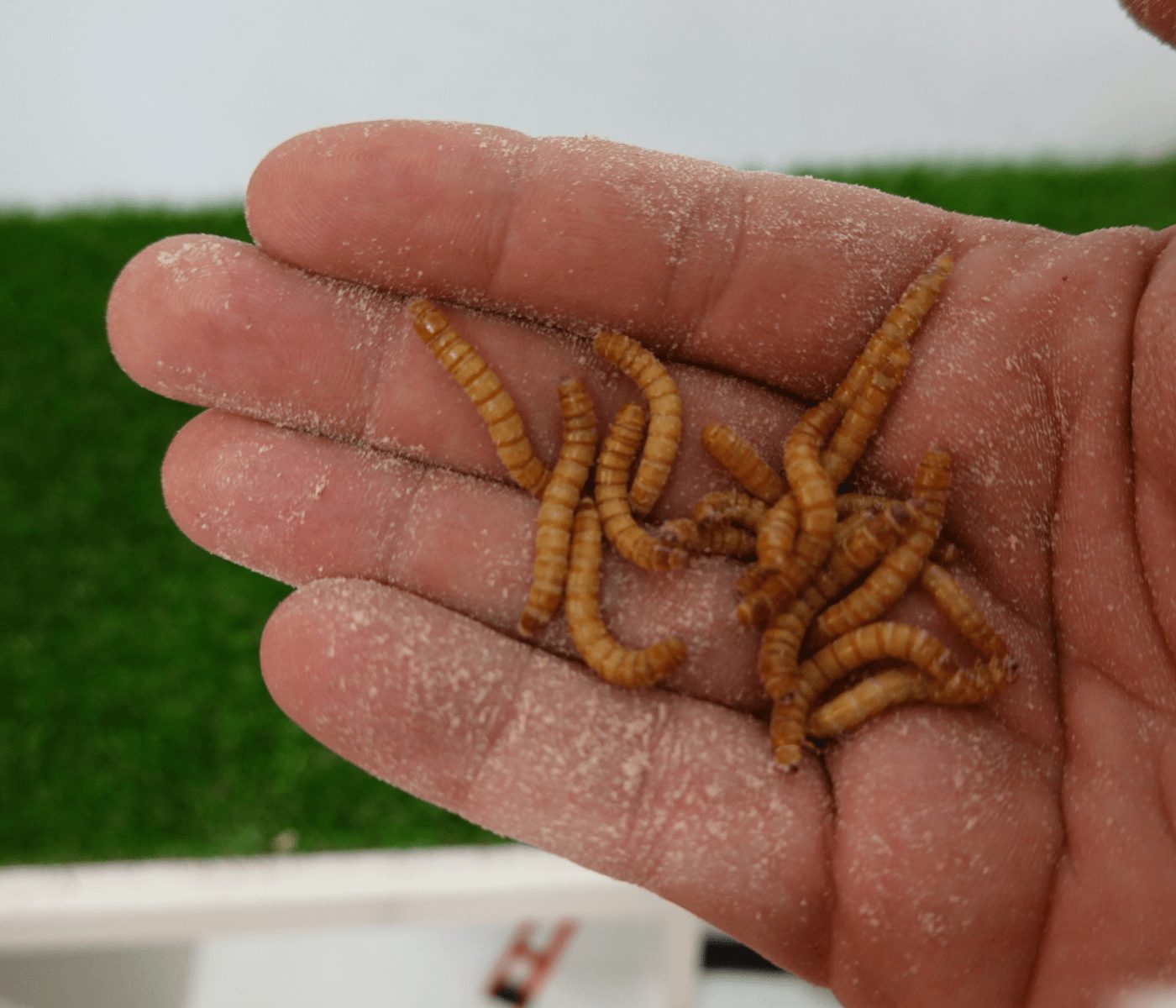Entomoculture in Animal Nutrition: The Important Role of Animal Scientists in Sustainable Protein Production
 09 Nov 2024
09 Nov 2024
Entomoculture in Animal Nutrition: The Important Role of Animal Scientists in Sustainable Protein Production
The search for sustainable alternatives for protein production has led researchers to explore innovative fields, and zootechnical entomoculture — the cultivation and farming of insects for nutritional purposes in animal feed — is one of these promising solutions.
In this practice, insects are farmed for use in feeds for livestock, such as poultry and fish, as well as for human consumption, offering a more sustainable and efficient approach to protein production.
The growing pressure on natural resources and the need to reduce the carbon footprint in food production are driving research in zootechnical entomoculture. Insects have a natural ability to convert organic matter into biomass very efficiently, with a feed conversion ratio often superior to traditional livestock animals. This makes entomoculture a standout alternative in a world where sustainability is crucial.
Some of the main benefits of entomoculture include:
Various insect species are cultivated to meet different animal nutrition needs. Mealworms, for example, are widely used in feeds for poultry and fish, offering an excellent protein source (approximately 50% protein by dry weight).
Black soldier fly larvae, on the other hand, have a high capacity for converting organic waste into protein and lipid-rich biomass, making them suitable for feed and bioremediation projects.
The use of insects in animal nutrition has enormous potential. Besides providing a high-quality protein source, entomoculture reduces dependence on traditional inputs like soy, whose large-scale production has significant environmental impacts. Insects also contain bioactive compounds that can improve animal health. For example, chitin, found in many insects, is linked to gut health benefits in various species.
“According to the UN, the world population, currently around 7.5 billion people, is expected to increase to nearly 10 billion by 2050. Insects could become the food of the future, as they offer a protein content similar to some bird and mammal species. According to published studies, crickets, for instance, have a protein level close to that of beef. Although it is not part of our culture, Brazilians will need to adapt to new forms of consumption because we increasingly understand that the environment is an integral link in the production chain, and thinking about resource sustainability means thinking about our own future,” notes animal scientist Fabiana Batalha Knackfuss (CRMV-RJ 906/Z).
Despite the advantages, entomoculture faces challenges, such as public acceptance and specific regulations. However, with advancing research and the work of animal scientists, the sector promises to offer viable and sustainable solutions for future animal feed, meeting the global demand for alternative, low-impact protein sources.
“We have felt the impact of climate change firsthand, and the agricultural sector is concerned with alternatives to reduce greenhouse gas emissions and limit land use for crops like soy and corn. In this context, entomoculture is gaining prominence as an essential protein source for both animal and human feed. A real challenge for the beef industry is producing animals for slaughter at younger ages, spending less time in facilities, causing less soil compaction, producing less waste, and emitting less carbon into the atmosphere. This is where entomoculture comes in!”
“According to Wageningen University, insect farming emits a significantly lower amount of greenhouse gases compared to livestock farming. For example, methane emissions from grasshoppers are up to ten times lower, and nitrous oxide emissions are up to 300 times lower. Moreover, insect consumption could reduce the land needed for cultivation, decreasing deforestation and increasing food production per square meter,” concluded the professional.
Source: CRMV-RJ
Subscribe now to the technical magazine of animal nutrition
AUTHORS

Nutritional Interventions to Improve Fertility in Male Broiler Breeders
Edgar Oviedo
The Use of Organic Acids in Poultry: A Natural Path to Health and Productivity
M. Naeem
Synergistic Benefits of Prebiotics and Probiotics in Poultry, Swine, and Cattle
Gustavo Adolfo Quintana-Ospina
Hybrid Rye Potential in Laying Hen Feed Rations
Gwendolyn Jones
A day in the life of phosphorus in pigs: Part I
Rafael Duran Giménez-Rico
Use of enzymes in diets for ruminants
Braulio de la Calle Campos
Minerals and Hoof Health in the Pregnant Sow
Juan Gabriel Espino
Impact of Oxidized Fats on Swine Reproduction and Offspring
Maria Alejandra Perez Alvarado